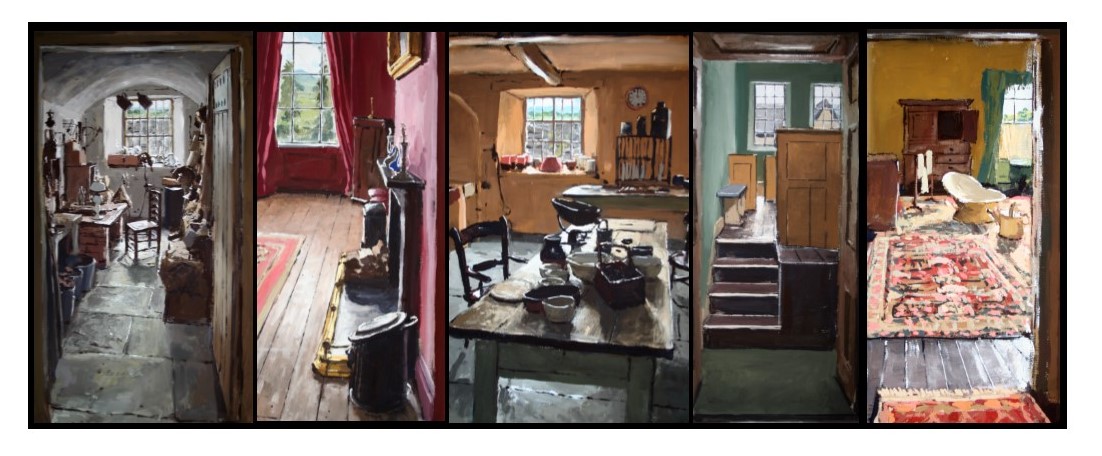The name given to the tight trousers worn by some Regency gentlemen, such as the notorious Beau Brummell and his ‘dandy’ followers, as they showed off their leg muscles.
A soggy repeat of history
History really does repeat itself. Browsing through ‘Presteigne, Past and Present’ by W. H. Howse (1945) just after the recently town flooding, one of the staff at The Judge’s Lodging museum came across the following entry. It describes an almost identical flood from 1838:
A Disastrous Flood
The story of the flood is told in the Hereford newspapers of 1838, and is remarkable enough to be added to the town’s records. There appears to have been a storm of exceptional violence on 18th June of that year – a real ‘tempest’ as it would be called locally. We are not told what happened to the Lugg, but the storm turned the Clatter Brook into a ‘considerable river’, which, overflowing its banks, swept down Green End, carrying logs and planks from a timber yard there into Broad Street. Here it suddenly emerged with ‘ terrific force’, not giving people time even to cross the street out of its way, and for several hours Broad Street was transformed into ‘ a rapid river’. By the Gaol (where John Beddoes is now) the flood broke away along the Combe Road and carried away the turnpike gate and house near the gaol, from which the gatekeeper was rescued with difficulty. When the flood had subsided, there were holes three or four feet deep in the road. It was perhaps behaviour of this kind which gave the brook its name.
The museum is looking for anyone who got good photos of the flooding in Presteigne to help them keep a record of the event for the future. If you have photos, we would love copies, either prints or digitally. You can contact us by phone, email or by letter – or just pop in!
October 2010
